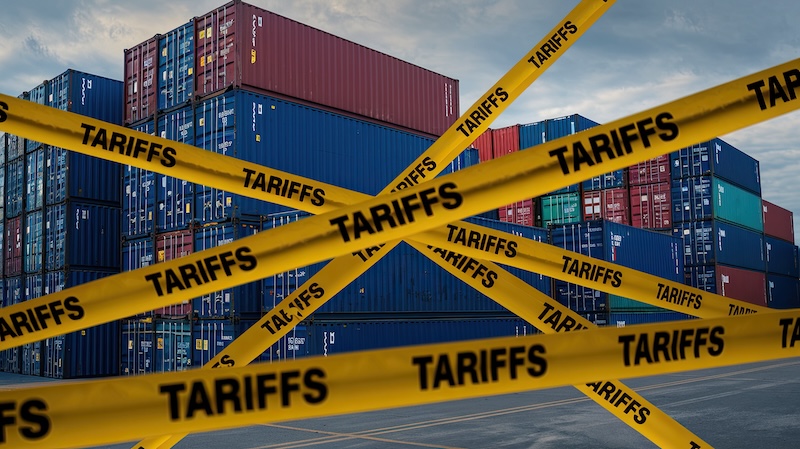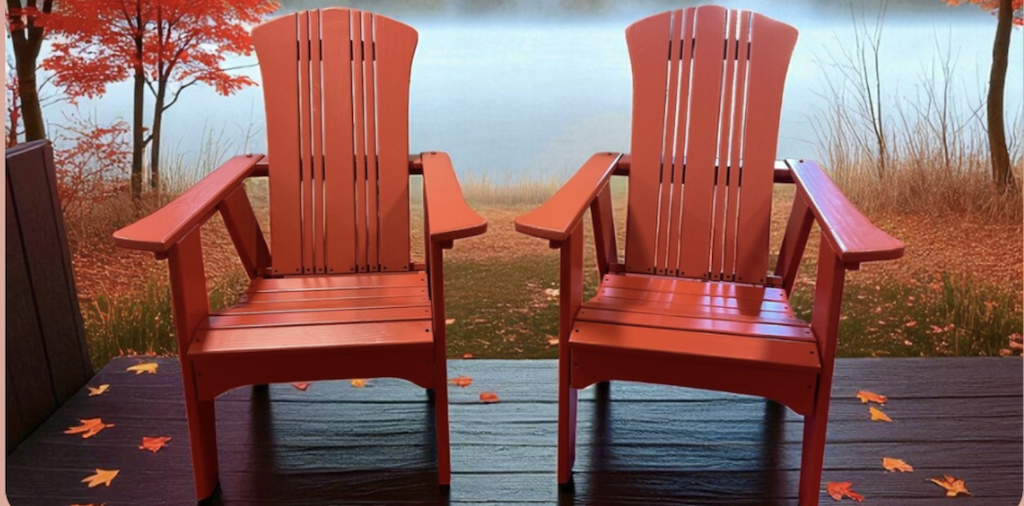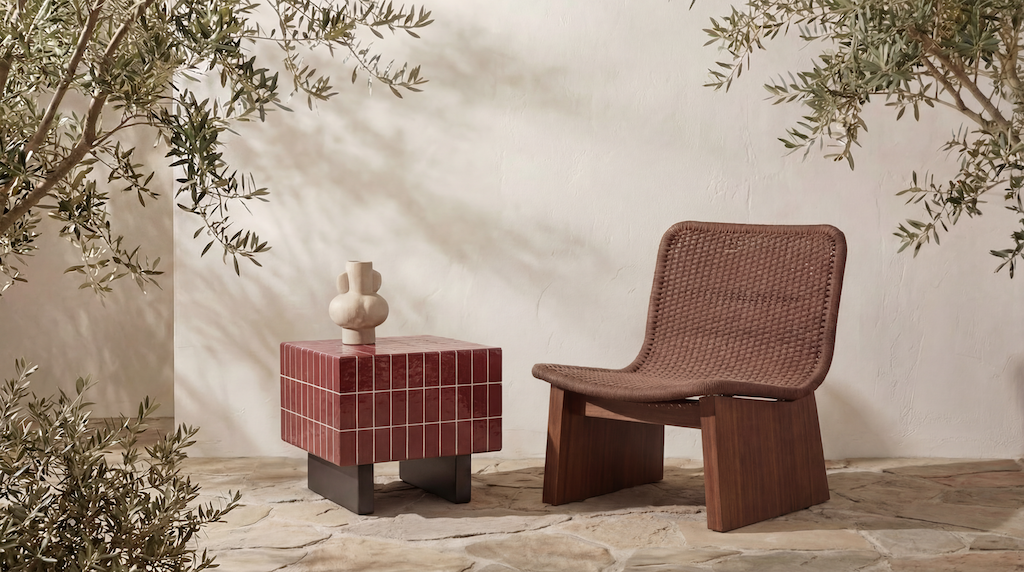
In recent days, I’ve heard a number of my industry colleagues speak in favor of tariffs. Whether it’s in the interest of fairness or of a resurgence in manufacturing that hearkens back to days past, it’s been argued that maybe there’s a logic to all of this. I beg to differ.
First, a historical perspective. In 1900, agriculture represented roughly 40% of U.S. GDP and 40% of employment. Manufacturing represented about 25% of GDP and 25% of employment. Then a shift began that accelerated through the century. By 1950, farming was 12% of GDP and 15% of employment. Meanwhile, manufacturing peaked for GDP and employment at about 30% each. Fast forward to today, and agriculture sits at about 1% of employment and GDP, and manufacturing has declined to roughly 10% of GDP and 8% of employment. Services and technology now account for nearly 80% of GDP.
So over time, our economy has evolved. We’ve moved from rural/agricultural to what is now a service- and technology-driven economy. During that time, through each stage of our evolution, our economy grew. Dramatically. Also during that time, there has been pain. This isn’t to be dismissed lightly. Economic evolution is disruptive. People get left behind. Resentment festers. Protective barriers seem rational.
So in the interest of fairness, we assign prohibitive tariffs to the imports of other countries. For example, to bring back American manufacturing jobs and correct a trade imbalance, Vietnam is hit with 46% tariffs. Couple of flies in that ointment. Vietnam is a small, poor country. Under 100 million people with an annual GDP of $450 billion. That’s $4,500 per person. Compare that with the U.S. — a GDP of $27 trillion and a population of 350 million. That’s about $77,000 per person. Put simply, they can’t afford much of what we do. They’re still manufacturing-dominated, and economically we’ve largely left that sector behind. And our ongoing transition has been painful.
But here’s the painful truth: The manufacturing that’s gone isn’t coming back. Not to the furniture industry or any other for that matter. Will a tariff wall suddenly make Western North Carolina a credenza capital once more? I doubt it. No more than we’d bring back buggy whips by taxing all of those infernal horseless carriages. Some manufacturers in our industry have been and continue to be successful. Custom upholstery thrives. A few case goods companies have made it work (looking at you Vaughan-Bassett). But, by and large, those jobs are gone and they’re not coming back. And even if they did, we can’t get people to fill the positions we have open now. A tariff on imports isn’t suddenly going to make everyone want to work on a CNC router.
So if manufacturing isn’t actually coming back, what’s the end game? What are the goals for this protectionist impulse? The tariffs being applied to our suppliers at a macro level make even less sense if you zoom in. Would it be reasonable to tax your suppliers if they weren’t also your customers? Should upholstery manufacturers start taxing Sunbrella fabrics in the hope of nurturing their own mills? Would it make sense for bedding manufacturers to tax Leggett & Platt for supplying their coils? Of course not. You’re good at what you do, and you buy from them because they’re good at what they do.
Zoom back out to get an idea of a perfectly functioning model of free-flowing goods and services. It’s right under your nose. With the ratification of the Constitution in 1787, we ended the Articles of Confederation and eliminated tariffs on goods between states. And it worked. It’s been the most successful economic experiment in history. Some states are better at different industries. Some are poorer than others. But would it make sense for Mississippi to impose import tariffs on comparatively richer Alabama? You’d just end up with a poorer Mississippi and a pissed-off Alabama. Because let’s get real — the tariff would be a tax on the buyer, not the seller. And so there would be less bought and less sold.
I’m not suggesting that we live in a perfectly balanced global economy with frictionless trade. Far from it. The tariff regimes in many other countries are onerous. India places a 70% to 80% tariff on all rice varieties. And that’s before an additional 15% surcharge for “social welfare” and good and services taxes. As a result, Indians — even after market subsidies on top of tariffs — pay more for rice than the global average. So who would be helped if we put a reciprocal tariff of 80% on all rice from India? We’d all just eat less rice.
So no, it’s not always fair and it’s not always free. But that’s the goal. Because it’s good for us. Because it makes everyone richer. In spite of this, countries and governments have agendas. If you want to nurture an emerging technology, there can be a logic to protection. As a result, sometimes tariffs make sense. For example, through vast subsidies, China has aggressively sought to dominate the global market in solar panels. The result has been struggling solar manufacturing everywhere else. So it’s logical for us to argue that China either needs to eliminate market distortions or expect repercussions.
While it might make us feel better in the short term to punish the countries who ended up with our manufacturing jobs, in the long term, it will make us all poorer. The global trading order is our creation. The United States built it brick by brick over generations, with a resulting decline in global tariffs and economic growth unprecedented on a global historical scale. It worked. For us and for everyone else, it worked. If these tariffs hold, we will all be poorer and there will be less bought and less sold. And the number of people pissed off is way bigger than Alabama.







